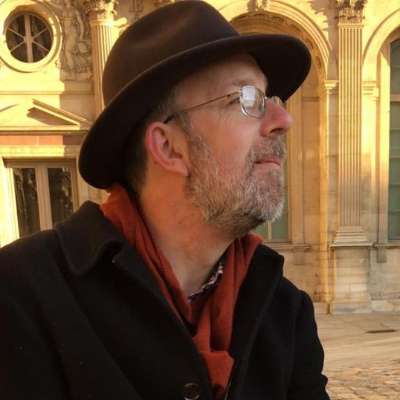Brace yourselves! We're going to hear an awful lot of Ludwig in the coming fifteen months. Even before the calendar has clicked over to 2020 – and even then, his 250th anniversary isn't until December – Beethoven is on concert programmes everywhere. One wonders what new insights the anniversary focus will throw upon our understanding of his life and works. Wigmore Hall launched its celebrations with a Beethoven Festival Weekend, a series of programmes viewing him from different perspectives, although these two Sunday evening recitals belonged purely to Ludwig.
Purely Ludwig, but from either end of his career. A bust of Beethoven, on loan from the Royal Philharmonic Society, glowered over the Wigmore platform, but the main evening programme featured “pre-scowl” Beethoven, mostly from his early Vienna years, all chamber works featuring winds. The Piano Quintet and the Septet – both in E flat major – are staples of the repertoire, but the Serenade for flute, violin and viola and the Horn Sonata are much less familiar works.
An energetic performance of the Serenade couldn't hide its shortcomings, a throwback to the 18th century divertimento tradition, its six movements including a polite minuet in best courtly manner and a set of variations that outstay their welcome. The Horn Sonata in F major is a gem, though, especially in the hands of Alec Frank-Gemmill. It was composed in 1800 for the virtuoso Giovanni Punto – better known than the composer at the time, causing a Hungarian critic to ponder “Who is this Beethoven? His name is not known to us.” Frank-Gemmill has recorded the sonata on a natural horn – ruder, more impudent with its hand-stopped notes – but even here, with the safety net of a valved horn, he struck a rebellious blow. Each movement burst with character, with Aleksandar Madžar an attentive partner at the piano.
Madžar proved a fine foil for the excellent wind players in the Quintet, where Frank-Gemmill was joined by Nicholas Daniel, Michael Collins and Amy Harman. Beethoven composed his quintet in 1796, clearly inspired by Mozart's 1784 work for the same combination of instruments – the gentle Andante cantabile even seems to nod towards Zerlina's aria “Batti, batti” from Don Giovanni. The four winds blended harmoniously and there was plenty of cheek in the closing Rondo.
After the interval came a single work, the Septet in E flat major, a wonderfully relaxed performance of a relaxed work. It resembles one of those dinner party conversations where, at one point, everyone participates, while at others it splits into two amicable groups – the winds (clarinet, bassoon and horn) and the strings (violin, viola, cello and double bass). With Collins taking the lead, the banter was always jovial, his clarinet tone round and mellow. Timothy Ridout ensured plenty of bite to the viola's contributions and there was lively interplay in the variations. The mock funeral march opening to the finale dissipated as Presto high spirits took over to close the programme.
But then came the shift to late Beethoven, with Elisabeth Leonskaja performing the final three piano sonatas given in a late night recital. Leonskaja is Russian piano aristocracy and these were noble, unfussy accounts, unhurried yet flowing with natural ease.
Hewn from marble rather than granite, the sonatas Op.109 and 110 were played with affection and care, Leonskaja's relaxed posture and lack of grand gestures making it seem as if she were playing purely for herself. The audience was tolerated, if barely acknowledged, Leonskaja refusing to head to the green room between sonatas, but quietly nipping behind the piano for a breather, hidden by the raised lid. Fortes were never too hard or angry. The C minor Op.111 was a touch unsmiling and she didn't really swing the heavily syncopated third variation of the Arietta with boogie-woogie flair, but there was poise in the softly trilled coda. Perhaps it was a trick of the light, but the brow on Beethoven's bust even lost a few furrows.


